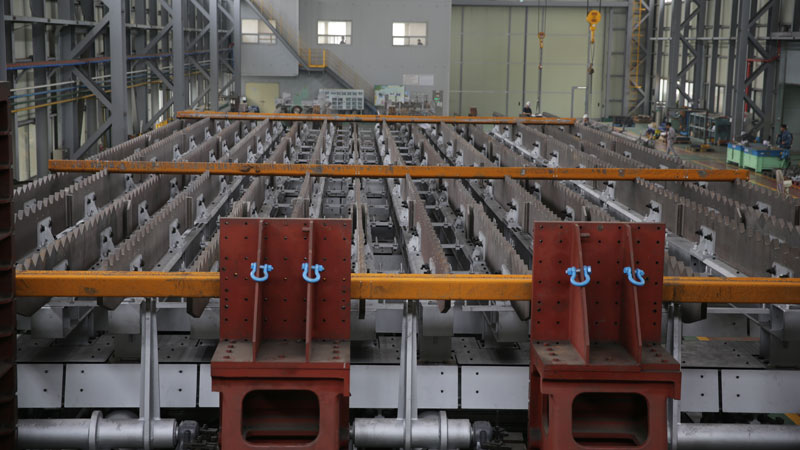Beyond Construction: The Lifeline of Maintenance in the Engineering Sector
Table of Contents
| Outline | |
|---|---|
| 1. Introduction | |
| 2. The Significance of Maintenance in Engineering | |
| 2.1 Understanding the Role of Maintenance | |
| 2.2 Importance of Proactive Maintenance Strategies | |
| 3. Types of Maintenance Techniques | |
| 3.1 Preventive Maintenance | |
| 3.2 Predictive Maintenance | |
| 3.3 Corrective Maintenance | |
| 4. Key Elements of an Effective Maintenance Program | |
| 4.1 Maintenance Planning and Scheduling | |
| 4.2 Equipment Inspection and Monitoring | |
| 4.3 Spare Parts Management | |
| 5. Benefits of a Robust Maintenance Strategy | |
| 5.1 Increased Equipment Reliability and Availability | |
| 5.2 Cost Reduction and Efficiency Improvement | |
| 6. Role of Technology in Maintenance Practices | |
| 6.1 IoT and Sensor-Based Monitoring | |
| 6.2 Data Analytics and Predictive Maintenance | |
| 7. Challenges and Considerations in Maintenance | |
| 7.1 Balancing Maintenance Costs and Asset Performance | |
| 7.2 Skills Gap and Workforce Training | |
| 8. Future Trends in Maintenance Practices | |
| 8.1 Artificial Intelligence and Machine Learning | |
| 8.2 Augmented Reality and Remote Assistance | |
| 9. Conclusion | |
| 10. FAQs (Frequently Asked Questions) |
Introduction
Maintenance plays a vital role in the engineering sector, extending far beyond the initial construction phase. In this article, we will explore the significance of maintenance and its impact on the performance and longevity of engineering assets. From different maintenance techniques to the benefits of a robust maintenance strategy and the role of technology, we will uncover the lifeline that maintenance provides to the engineering sector.
1. The Significance of Maintenance in Engineering
- Understanding the role of maintenance in the engineering sector
- Highlighting the importance of proactive maintenance strategies
2. Types of Maintenance Techniques
- Exploring preventive maintenance to avoid equipment failure
- Introducing predictive maintenance for data-driven decision-making
- Understanding corrective maintenance for addressing unexpected breakdowns
3. Key Elements of an Effective Maintenance Program
- Importance of maintenance planning and scheduling
- The role of equipment inspection and monitoring
- Efficient spare parts management for uninterrupted operations
4. Benefits of a Robust Maintenance Strategy
- Increased equipment reliability and availability
- Cost reduction and efficiency improvement through effective maintenance practices
5. Role of Technology in Maintenance Practices
- Utilizing IoT and sensor-based monitoring for real-time data collection
- Leveraging data analytics for predictive maintenance and proactive interventions
6. Challenges and Considerations in Maintenance
- Balancing maintenance costs with asset performance optimization
- Addressing the skills gap and investing in workforce training
7. Future Trends in Maintenance Practices
- Exploring the potential of artificial intelligence and machine learning in maintenance
- Adopting augmented reality and remote assistance for enhanced troubleshooting and repairs
Conclusion
Maintenance is a crucial aspect of the engineering sector, ensuring the continuous performance and reliability of assets beyond their construction phase. By implementing proactive maintenance techniques, leveraging technological advancements, and addressing industry challenges, engineering firms can unlock the full potential of their assets and drive sustainable success.
FAQs (Frequently Asked Questions)
- Why is maintenance important in the engineering sector?
- What are the different types of maintenance techniques?
- How does a robust maintenance strategy benefit engineering firms?
- What role does technology play in modern maintenance practices?
- What are the future trends in maintenance for the engineering sector?





